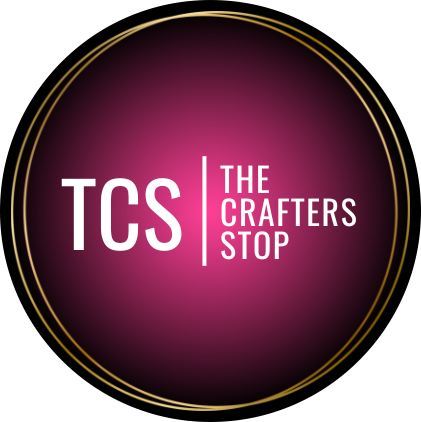What is Alcohol Ink and What can it be used for?
What is Alcohol Ink?
Alcohol inks are vibrant, fast-drying inks that can be used to make stunning paintings on a variety of non-porous surfaces. These concentrated inks are alcohol-based and waterproof.
- Specific Alcohol Ink paper (Coming soon)
- Glass
- Metal
- Ceramic tiles can be wiped clean and painted on again and again. Make sure to get glazed, white tiles for the best results. They’re normally cheap and can be found at many hardware stores.
- Art Boards
- Ceramic mugs, bowls etc
-
Plastic acrylic blanks - Can be wiped clean.

Moving the Alcohol Inks around:
Something to move the inks (an air source)
You can start out just letting the inks air dry, but a lot of the fun starts when you move the inks with a tool like a hairdryer. I don’t recommend using straws due to the fumes of the inks. If you decide to try it, make sure to inhale far away from your painting, and make sure you’re in a well ventilated area, and don’t do it for too long. Also, moisture can gather in the straw from your breath and it may have unintentional effects on the painting.
So I recommend one of the options below:
- Hairdryer - Choose a weak, low wattage hairdryer for better control.
- Airbrush
- Air blower/dust bulb - The first image is an ink blower made for pushing inks around the page instead of using a straw. The second image is what I personally use - a sauce squeeze bottle.

Blending Tools:
You can use different tools for blending and creating effects, patterns, and designs.
- Cotton Swabs are good for details, adding small dots of ink or wiping small areas away.
- Alcohol Ink Applicator and small pieces of felt. Add inks and a little isopropyl, and stamp on your page to create colourful backgrounds for cardmaking, etc.
- Paper towels to blot and remove areas of ink.
- Paintbrushes for moving the inks, and adding details.
- Gloves so you can use your hands to move the inks.

-
Store materials out of reach of pets and children.
-
Work in a well ventilated area and follow all safety instructions for the materials you use.
-
Alcohol inks and Isopropyl Alcohol/Blending Solution are flammable so keep away from fire or heat.
-
Do not use isopropyl alcohol in a spray bottle as it should not be airborne.
-
Read the safety data sheets for your materials.
-
Wear a respirator mask!
When I started I just wanted to test alcohol inks out, and for a few months I didn’t use any safety gear. I was reluctant to wear a respirator as I occasionally used my breath to move the inks, but then I started getting headaches. I did some research and got a respirator - and the headaches went away! So now I (nearly) always wear mine, and I love it... I prefer to consume alcohol in a wine glass rather than inhale it into my lungs.
